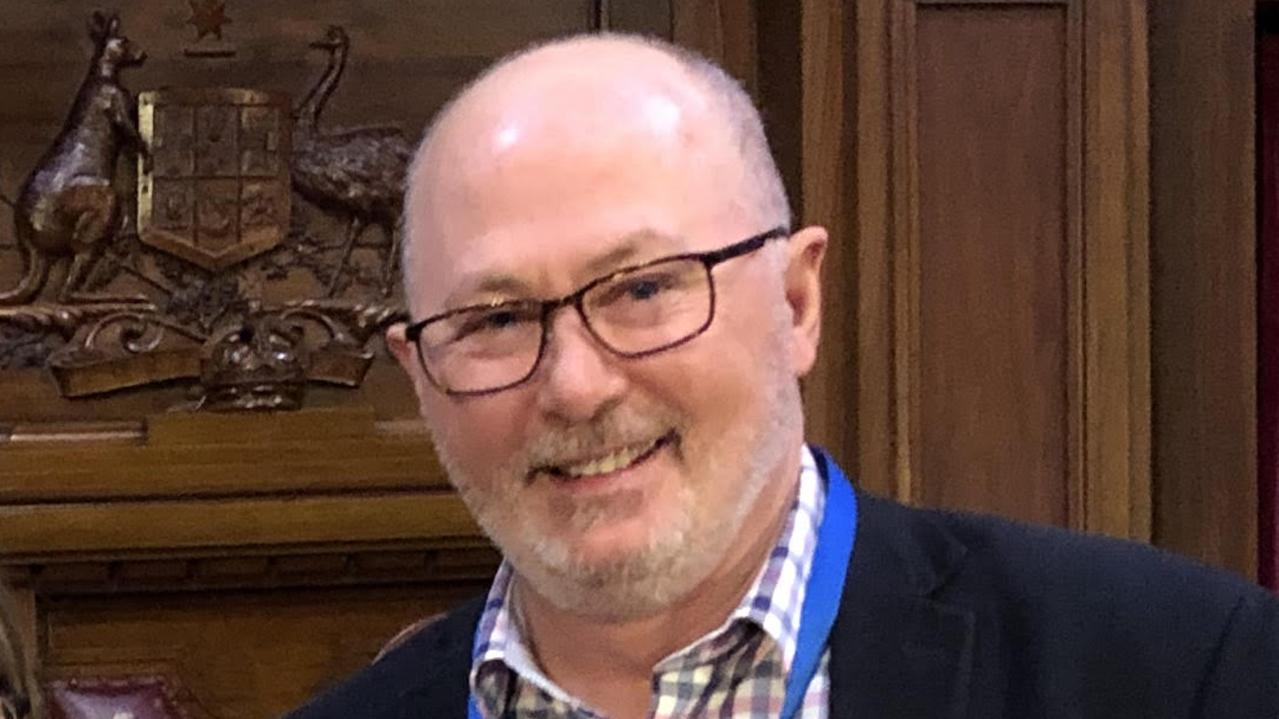Economic outlook clouded but IMF forecasts may be wide of the mark
The IMF forecast has changed since its rosy predictions issued a year ago in Washington DC.
A year ago, when economists, bankers and central bankers gathered in Washington DC for the annual meeting of the International Monetary Fund, there was optimism all around about the outlook for world economic growth.
Now, as the same group of globetrotters gather for the latest IMF meeting in Bali this week, there is a new mood of pessimism as the world begins to digest the full impact of the bitter trade war between China and the US as well as rising protectionist sentiment.
In its latest World Economic Outlook, released yesterday ahead of the meeting, the IMF cut its estimate of global economic growth from 3.9 per cent to 3.7 per cent.
Releasing the report, IMF chief economist Maurice Obstfeld reflected a more sober mood in light of rising world trade tensions.
The fund’s earlier projections, he said, appeared to be “over optimistic”, given the increasing risk of “further disruptions in trade policies”.
“Two major regional trade arrangements are in flux — NAFTA (where a new trilateral agreement awaits legislative approval) and the European Union (with the latter negotiating the terms of Brexit),” he said.
“US tariffs on China, and more broadly on auto and auto part imports, may disrupt established supply chains, especially if met by retaliation.
“The impacts of trade policy and uncertainty are becoming evident at the macroeconomic level, while anecdotal evidence accumulates on the resulting harm to companies. Trade policy reflects politics, and politics remain unsettled in several countries, posing further risks.”
As the organisation that has to bail out emerging economies under pressure, the IMF has a box seat in the tensions and strains affecting the world economy.
Its report notes the biggest downward revisions were for troubled emerging market economies including Argentina, Brazil, Mexico, Iran and Turkey.
At a briefing in Singapore yesterday, ANZ chief economist Richard Yetsenga, who was speaking ahead of the ANZ Finance and Treasury Forum in Singapore that has attracted executives from some of the bank’s major customers from around the world, sought to put a middle view of his outlook for the global economic picture.
IMF meetings, he said, were “a bit of an echo chamber” of the same people expressing the same opinions to each other.
“Last year people had a pathologically optimistic attitude” to world economic growth, Yetsenga said. “Now a lot of the same people are running to the other side of the boat.”
Yetsenga, who heads off to the Bali echo chamber after the ANZ Forum, staked out a more upbeat view of the world than the IMF.
He sees global economic growth coming in just below 4 per cent, which he argues is above trend.
“It’s not great from an historical point of view but it is a reasonable outcome in a post-crisis context,” he said.
Four per cent growth, he argues, is enough to see unemployment coming down in advanced economies and wages growing, which he argues provides some insulation for consumers in today’s more volatile world.
He argues that the world has passed a political high-water mark in terms of globalisation, with trade wars now a part of the world we all live in.
A combination of trade wars and a tightening of monetary policy in major economies, led by the US Federal Reserve Board, will combine to slow world economic growth — but he argues that it is not about to collapse in a heap.
The key swing factor in the global growth outlook is the Chinese economy, which now contributes a third of global economic growth — more than double that of the US.
Yetsenga takes comfort from the fact that China’s economic policymakers have shifted their policy stance from tightening to easing in recent months, in the face of the escalating trade war with the US.
He argues that the IMF itself has estimated that US President Donald Trump’s imposition of 10 per cent tariffs on $US200 billion ($283bn) worth of Chinese exports to the US would only shave about 0.2 per cent off world economic growth a year.
ANZ’s head of Asia research, Khoon Goh, pointed out at the briefing that while China’s export orders had fallen sharply in recent months, regional manufacturing is already moving to lower-cost countries in the region, particularly Vietnam and Thailand.
Asia is a lot more flexible than it was during the days when currencies were pegged to the US dollar he argued, and the region is already refocusing its trading patterns reflecting both higher costs in China and now the US trade tariffs.
ANZ’s view is that China’s growth will slow to about 6.3 per cent next year — ahead of the IMF’s 6.2 per cent this year.
My view, following the increasing tensions both tradewise and now political and militarily, is that the full impact of the higher tariffs plus the uncertainty and inefficiencies now in place as companies are forced to re-engineer their supply chains probably leans closer to the more pessimistic IMF view.
Trump’s 10 per cent tariffs on $US200bn worth of Chinese exports to the US can easily become 25 per cent on more than $US500bn worth of Chinese exports.
That said, I would prefer to be wrong.
But either way, as Yetsenga points out, the easy global trade era that Australia has ridden for the past few years of strong world growth and very strong growth in the economy of our largest trading partner, China, is coming to an end.
That is already reflected in the weakening Australian dollar.
Yetsenga argues that there is too much collective pessimism among the IMF crowd, too much focus on risks to the world economy and not enough on the fact that the numbers are still pretty good.
Much could hinge on whether escalating tensions between the US and China can be managed, or will get worse.
What is clear is that trade tensions, troubles in emerging economies, higher interest rates in the US and forced restructuring of global supply chains mean Australia — as a major exporter — is facing a less certain economic future than it has for some time.
Glenda Korporaal attended the ANZ Finance and Treasury Forum as a guest of ANZ.




To join the conversation, please log in. Don't have an account? Register
Join the conversation, you are commenting as Logout